Forums
- Forums
- Duggy's Reference Hangar
- Misc Library
- Dewoitine D.27 & D.26
Dewoitine D.27 & D.26
Post a reply
- Go to Previous topic
- Go to Next topic
- Go to Welcome
- Go to Introduce Yourself
- Go to General Discussion
- Go to Screenshots, Images and Videos
- Go to Off topic
- Go to Works in Progress
- Go to Skinning Tips / Tutorials
- Go to Skin Requests
- Go to IJAAF Library
- Go to Luftwaffe Library
- Go to RAF Library
- Go to USAAF / USN Library
- Go to Misc Library
- Go to The Ops Room
- Go to Made in Germany
- Go to Campaigns and Missions
- Go to Works in Progress
- Go to Juri's Air-Raid Shelter
- Go to Campaigns and Missions
- Go to Works in Progress
- Go to Skinpacks
- Go to External Projects Discussion
- Go to Books & Resources
-
 Main AdminDewoitine D.27
Main AdminDewoitine D.27
The design that took Emile Dewoitine's parasol fighter formula to the apex of its development was the D 27, which was evolved to meet the requirements of the STAe 1926 C1 leger programme for lightweight fighters. Adhering closely to the structural concept of preceding fighters, but embodying much aerodynamic refinement and a split-axle (with independently articulated wheels) rather than cross-axle undercarriage, the D 27 was powered by the 500hp Hispano-Suiza 12Mb (HS 57) 12-cylinder Vee engine and had an armament of two synchronised 7.7mm guns. The liquidation of the Construction Aeronautique E Dewoitine in January 1927 resulted in the transfer of development of the D 27 to the EKW in Switzerland, where a prototype flew on 3 June 1928. By the end of the year, three had been ordered by Romania, one by Argentina and three by Yugoslavia (of which two were to be delivered as assemblies for completion by Zmaj at Zemun), and the prototype was undergoing evaluation by the Swiss Fliegertruppe in competition with Alfred Comte's AC-1. In the autumn of 1928, the EKW initiated a pre-series of 12 D 27 fighters, these adopting a redesigned tail and a revised wing of 0.45m2 less area, modifications first tested in the Laboratoire Eiffel wind tunnel. Meanwhile, in March 1928, Emile Dewoitine had reestablished himself in France, forming the Societe Aeronautique Francaise-Avions Dewoitine. The second and third pre-series D 27s were delivered to France in April 1929, the former being re-engined with the 400hp HS 12Jb as the D 272 for aerobatic demonstrations, and the latter undergoing STAe evaluation at Villacoublay from 28 May equipped with two 7.7mm Darne guns. On 29 November 1929, a contract was issued by France's DGT (Direction Generale Technique) of the Ministere de l'Air for the second and third pre-series aircraft plus three (later increased to four) additional fighters to be assembled by Liore-et-Olivier. The D 27 was offered to the Forces Aeriennes Terrestres as the D 271 with the 500hp HS 12Hb engine and as the D 273 with a Gnome-Rhone Jupiter VII with a compressor enabling 425hp to be delivered at 4000m, but neither model was adopted. At the end of 1929, however, the decision was taken in principle to re-equip the fighter element of the Swiss Fliegertruppe with the D 27, a pre-series of five being ordered from the EKW as D 27 Ills, with deliveries commencing in 1931. A pre-production batch of 15 followed, additional contracts being placed for 45 D 27 Ills to bring deliveries to the Fliegertruppe to 66 (including the prototype). These remained first-line fighter equipment until 1940, when they were relegated to tuitional tasks, being finally scrapped in 1944.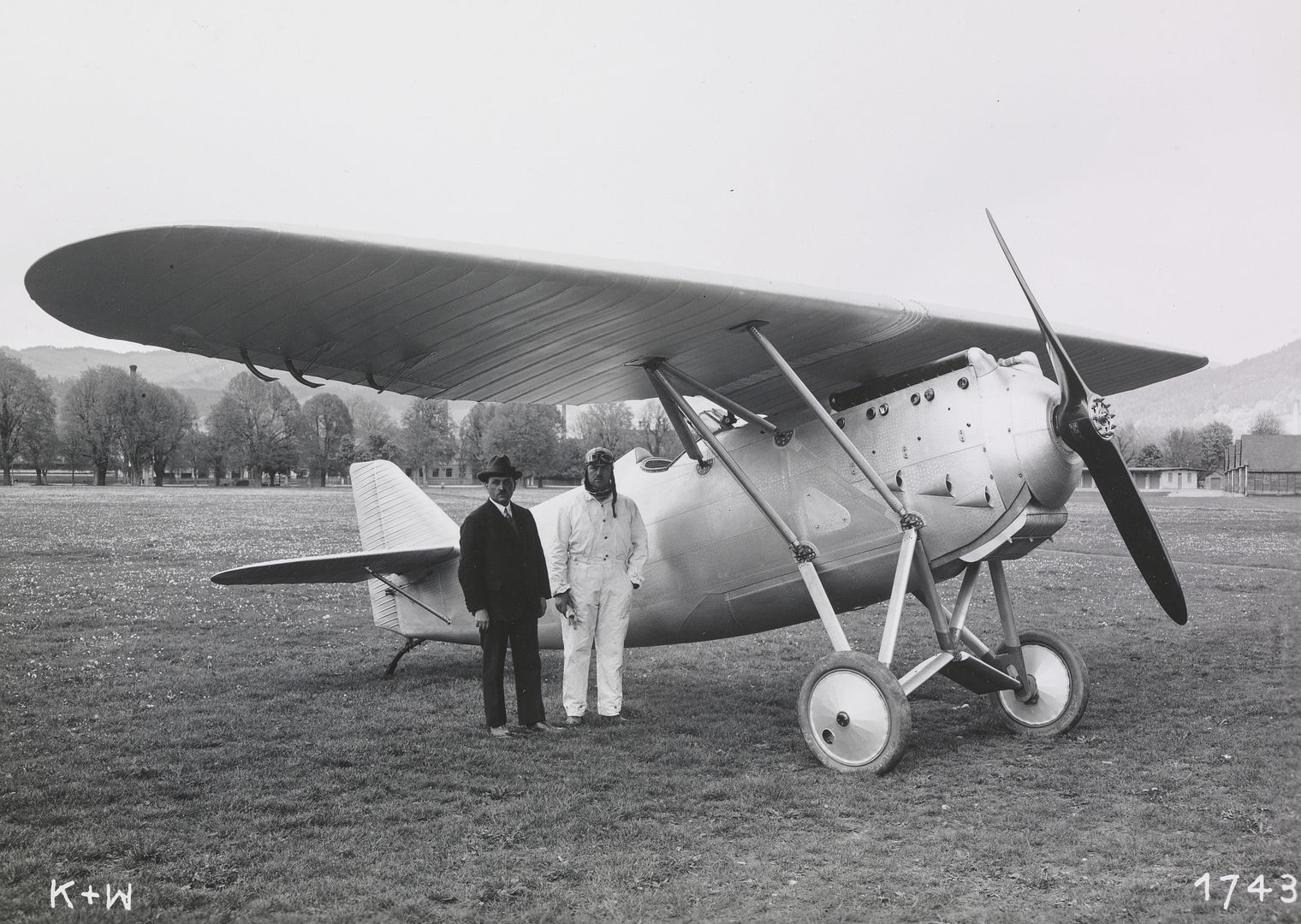
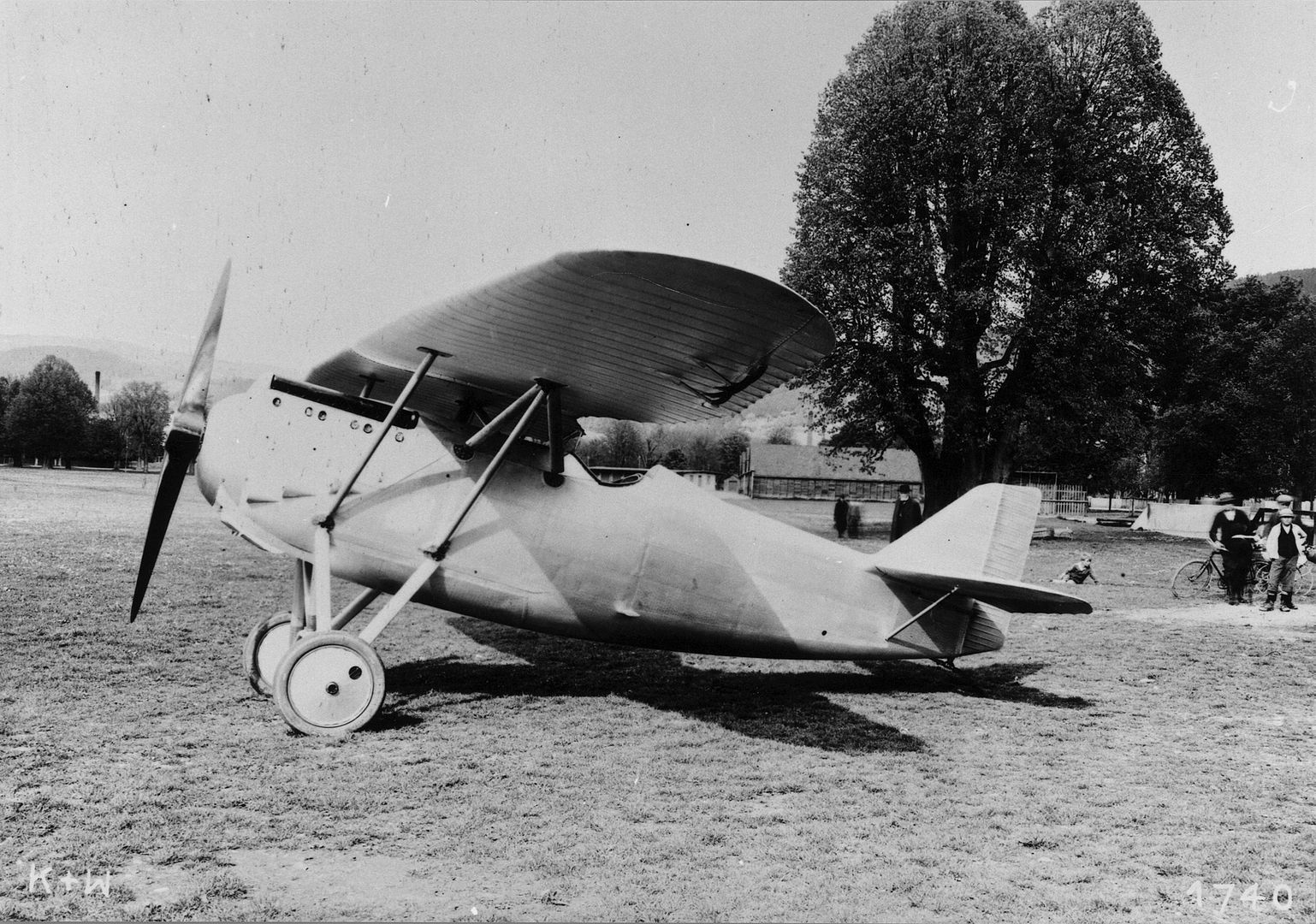
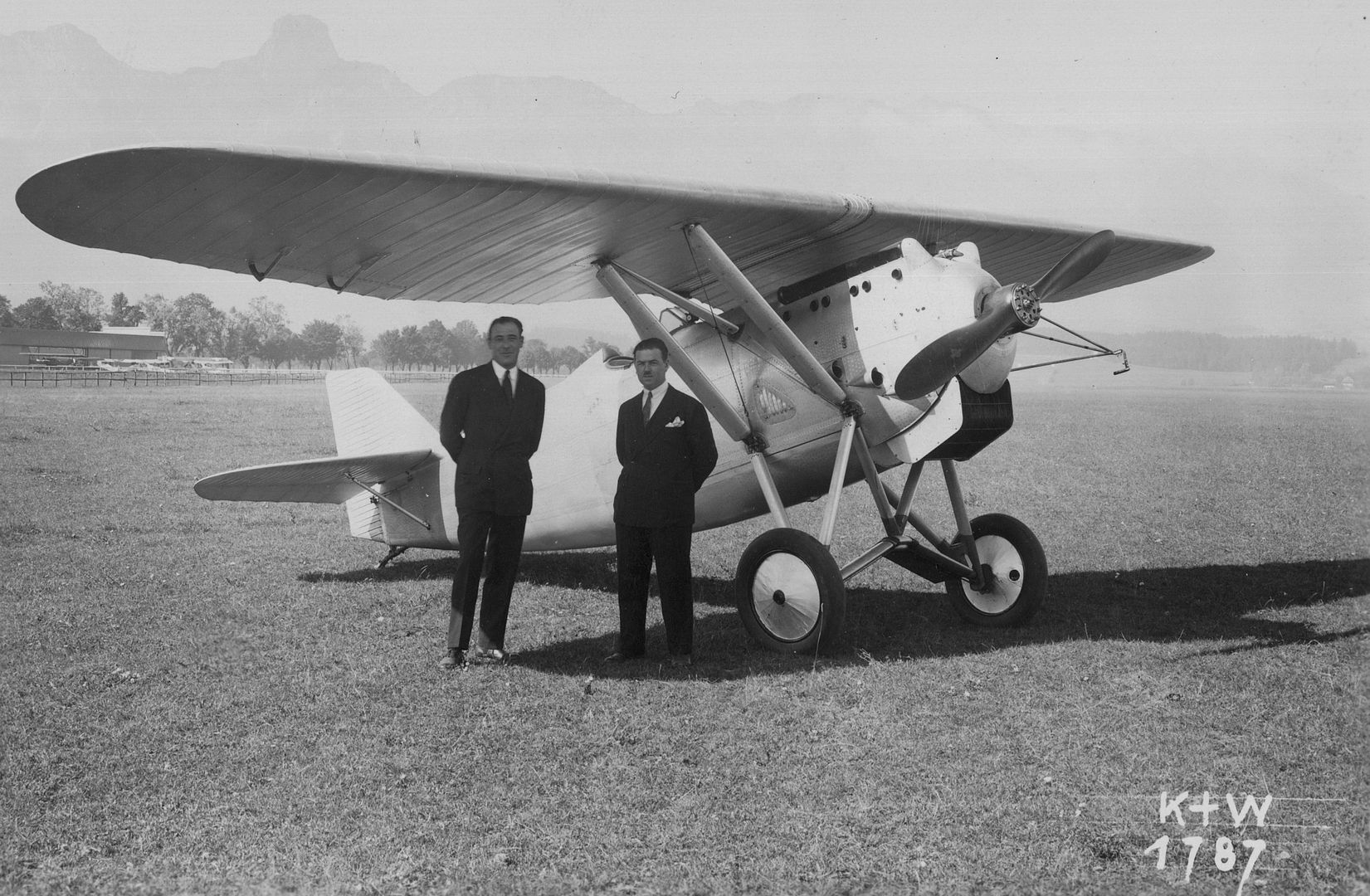

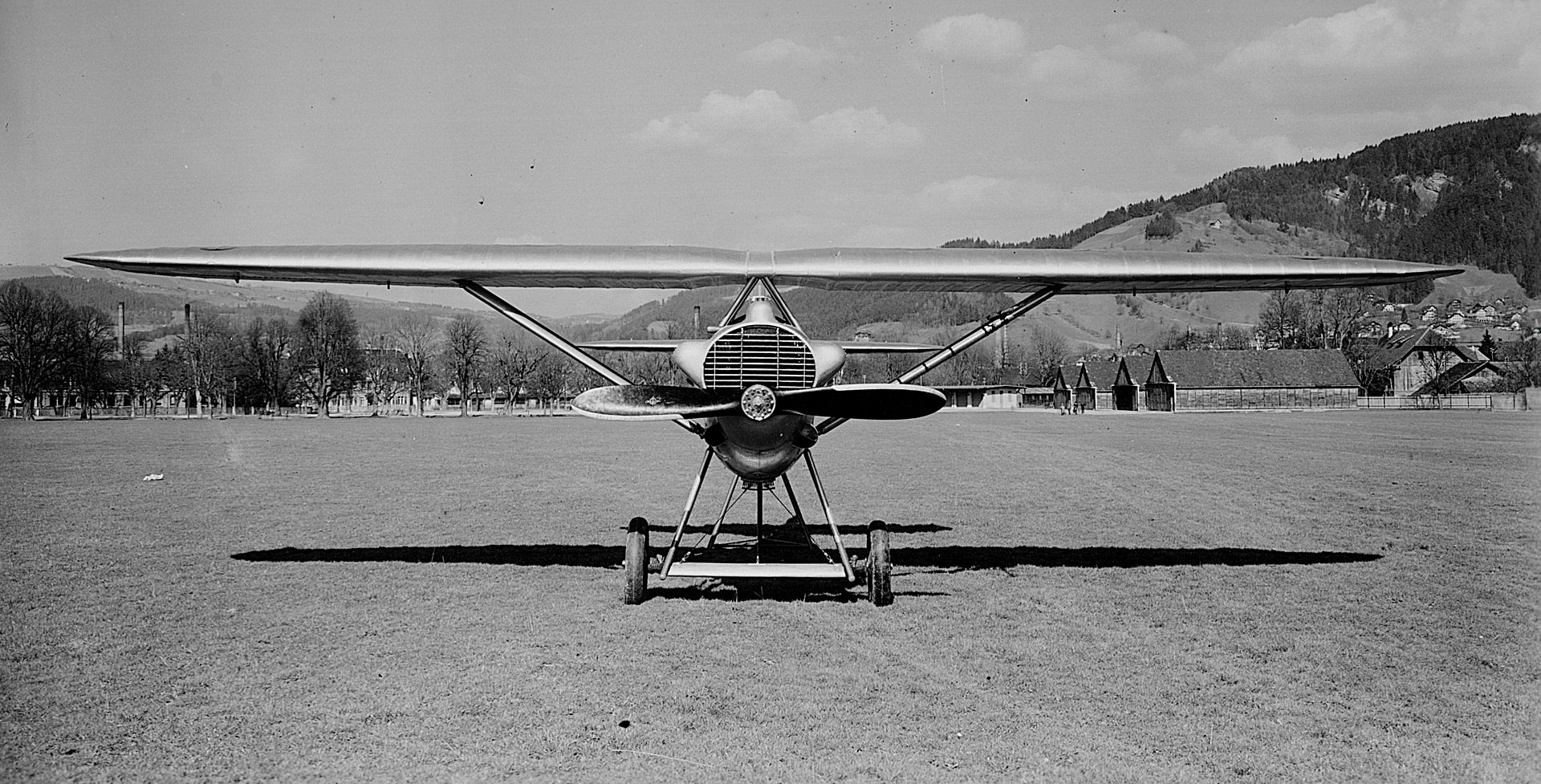
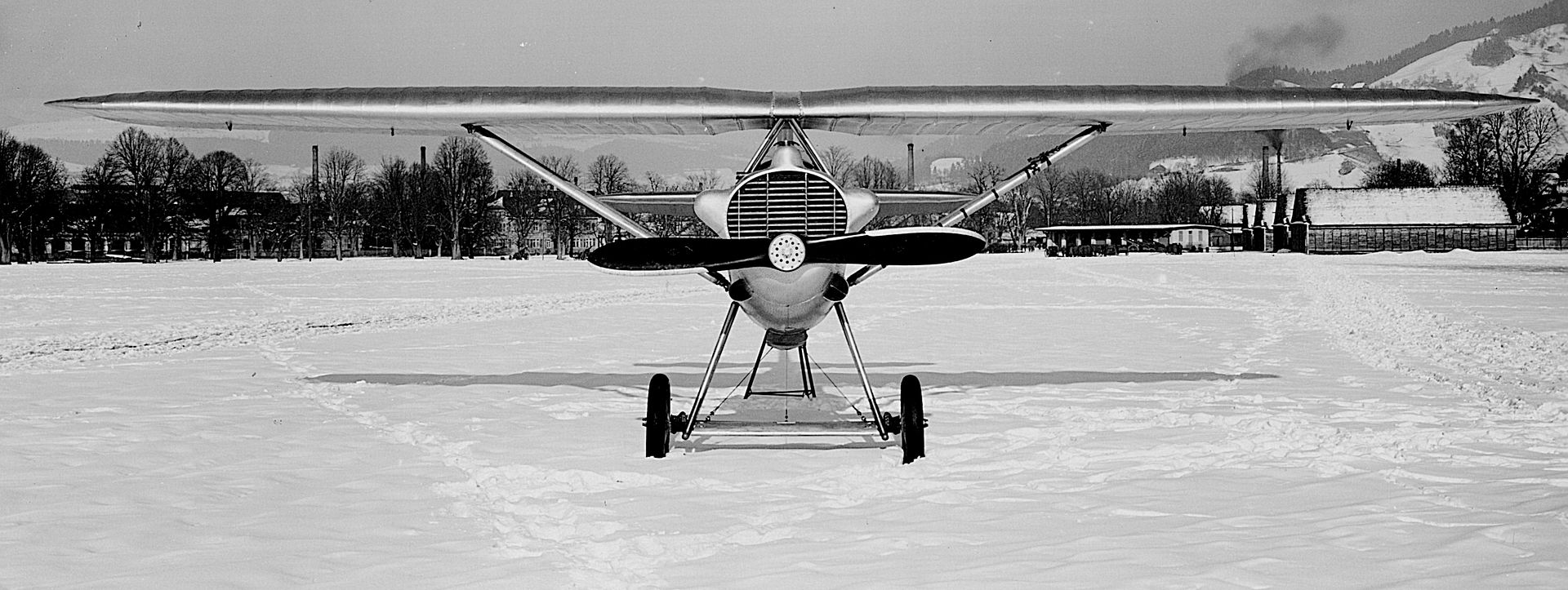
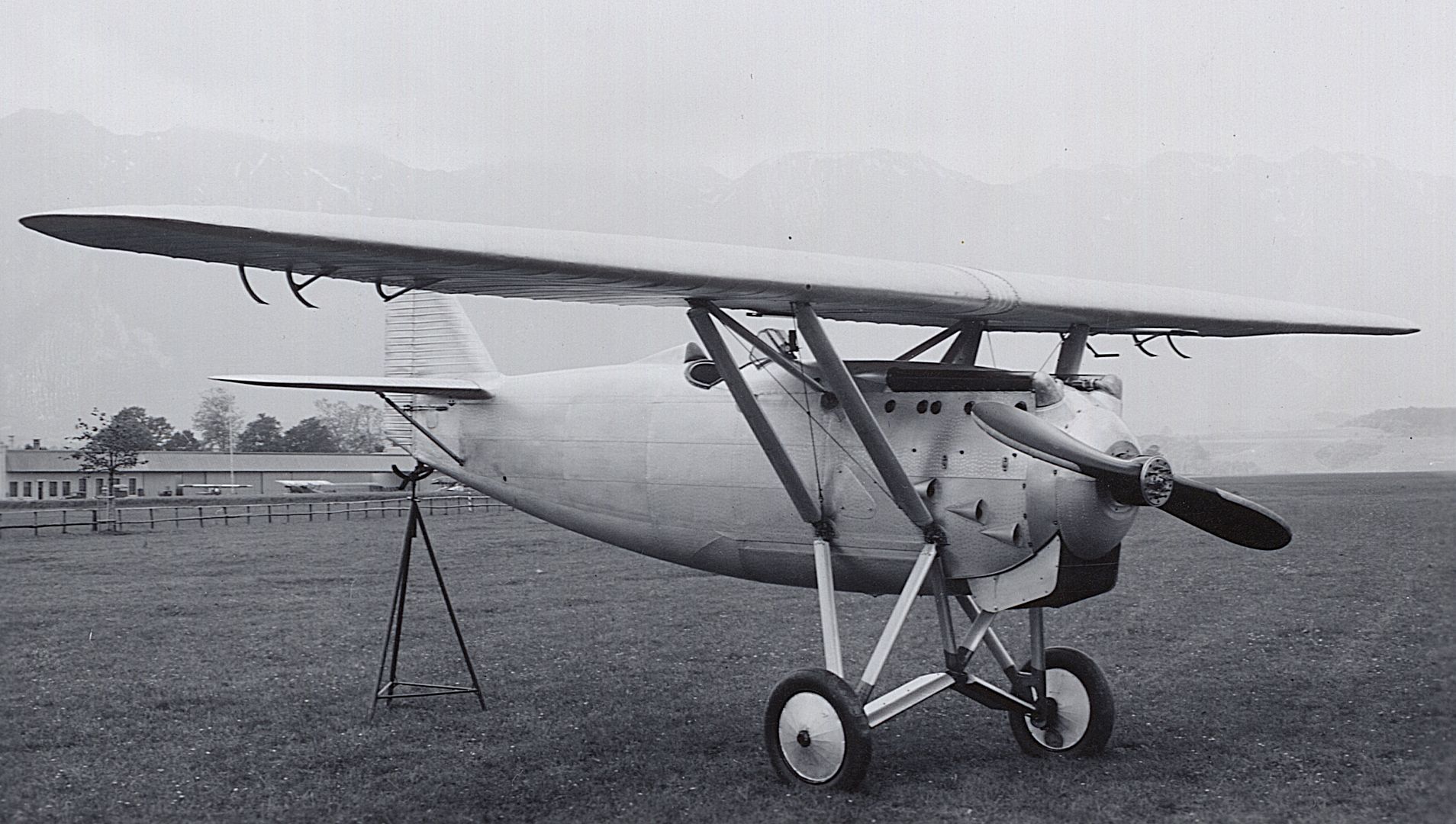
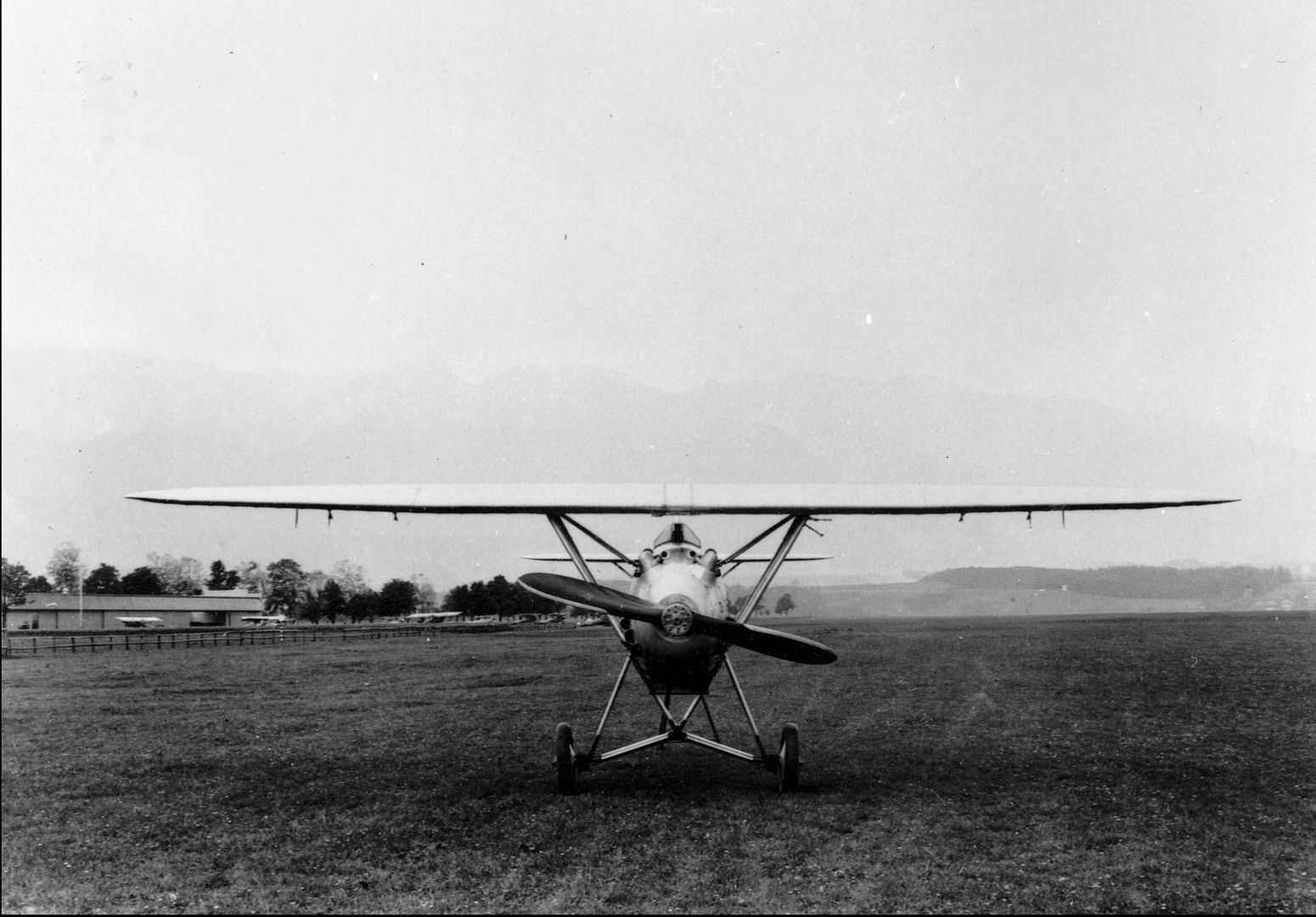
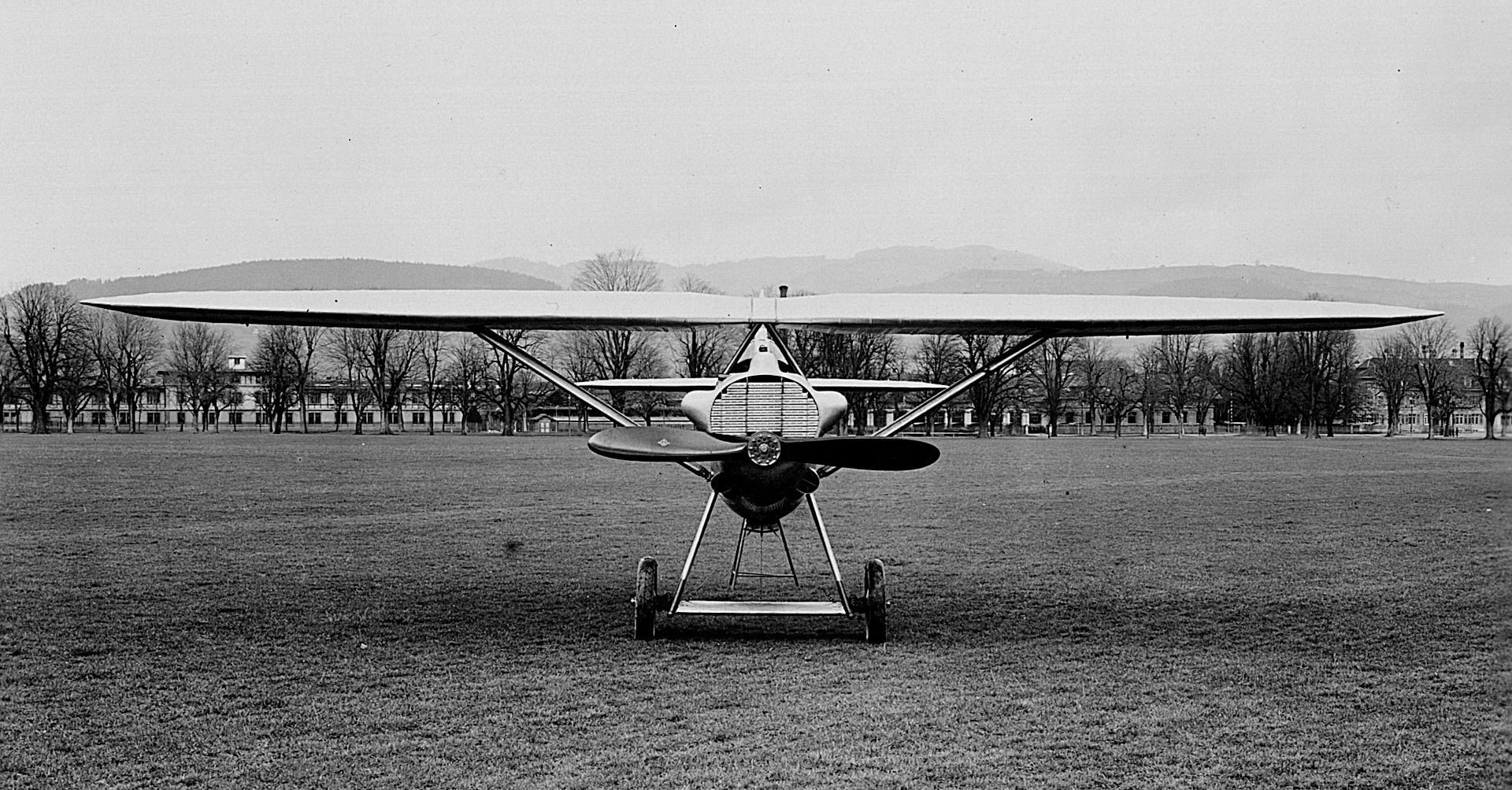

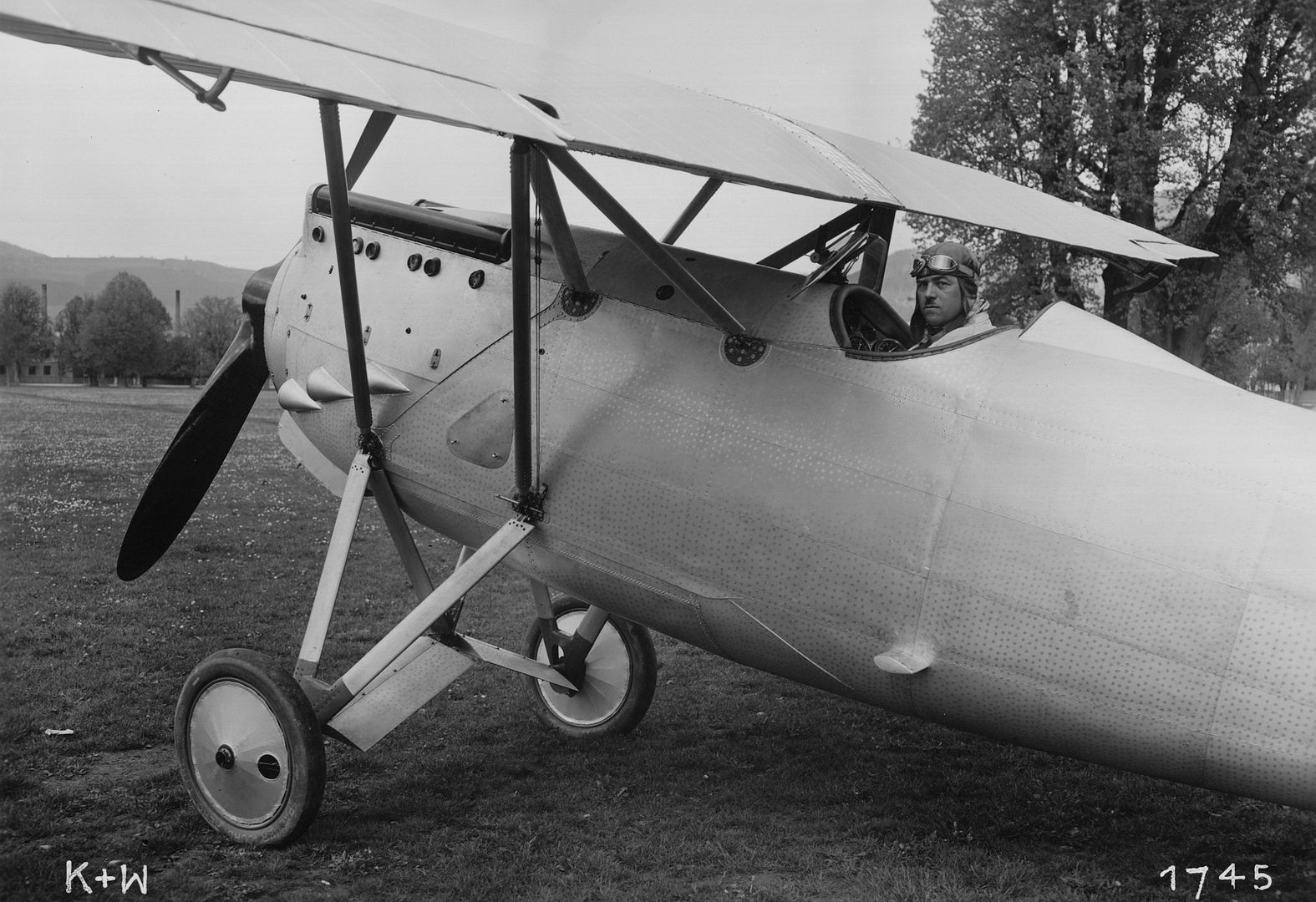
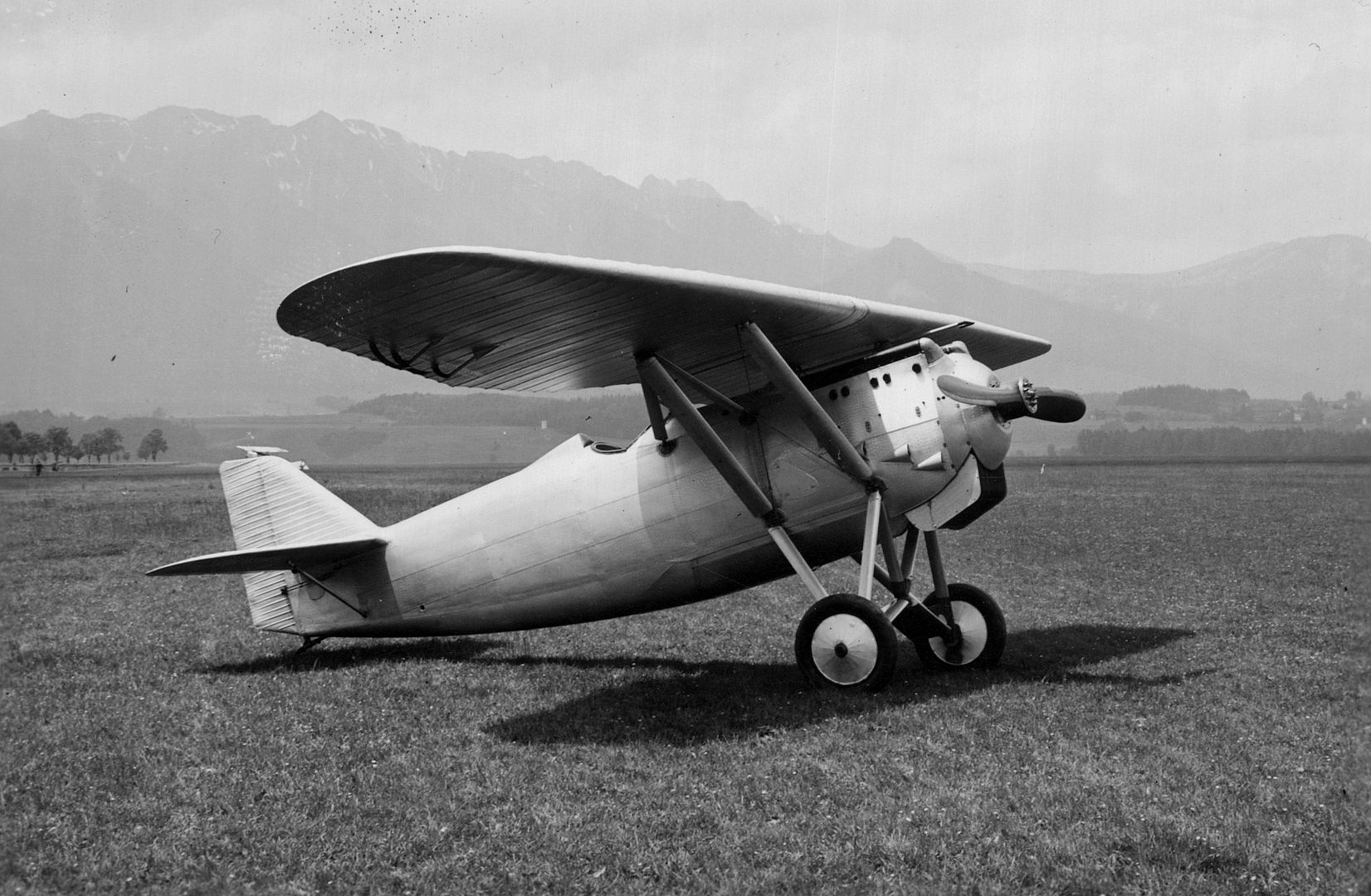
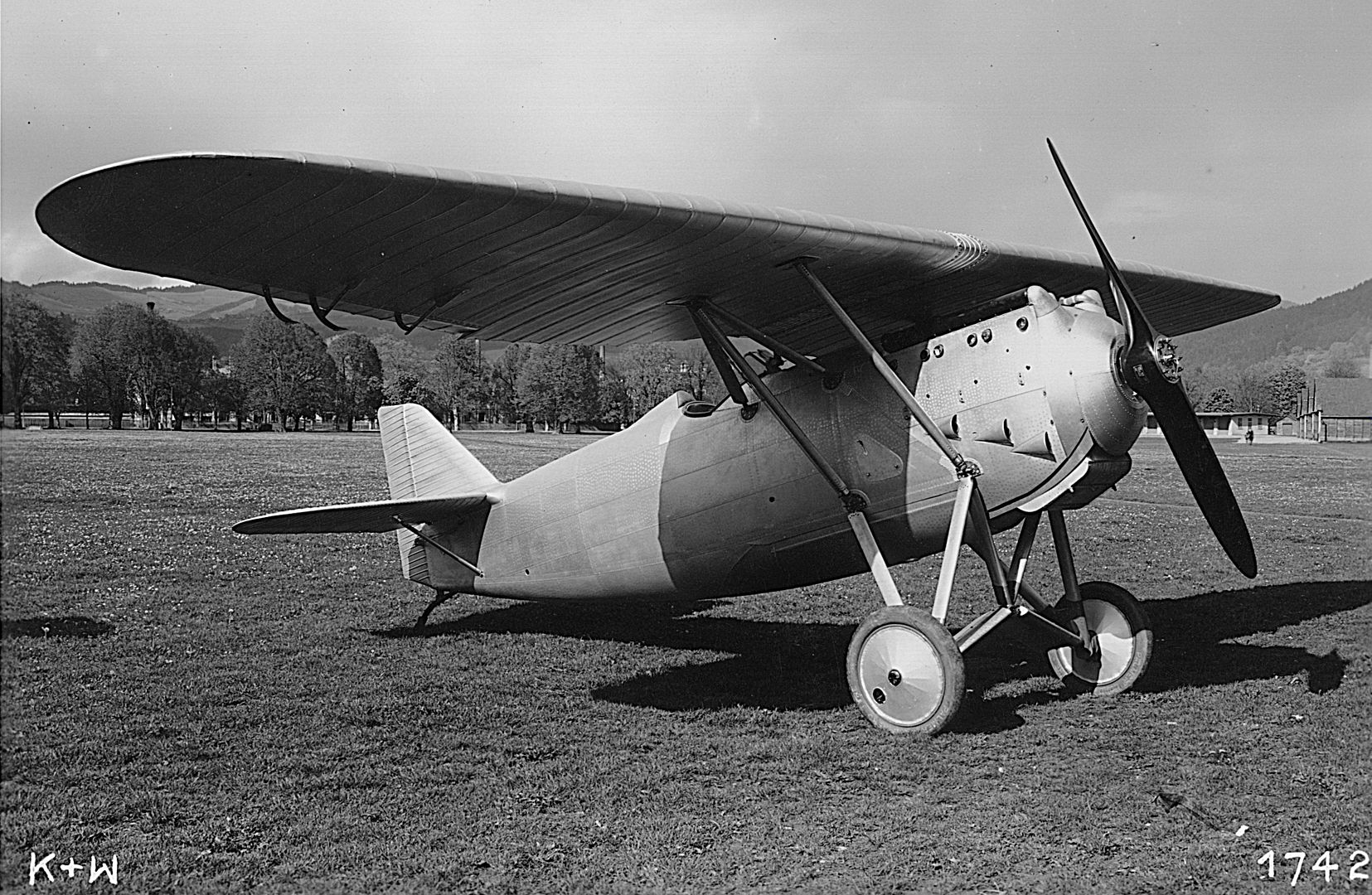
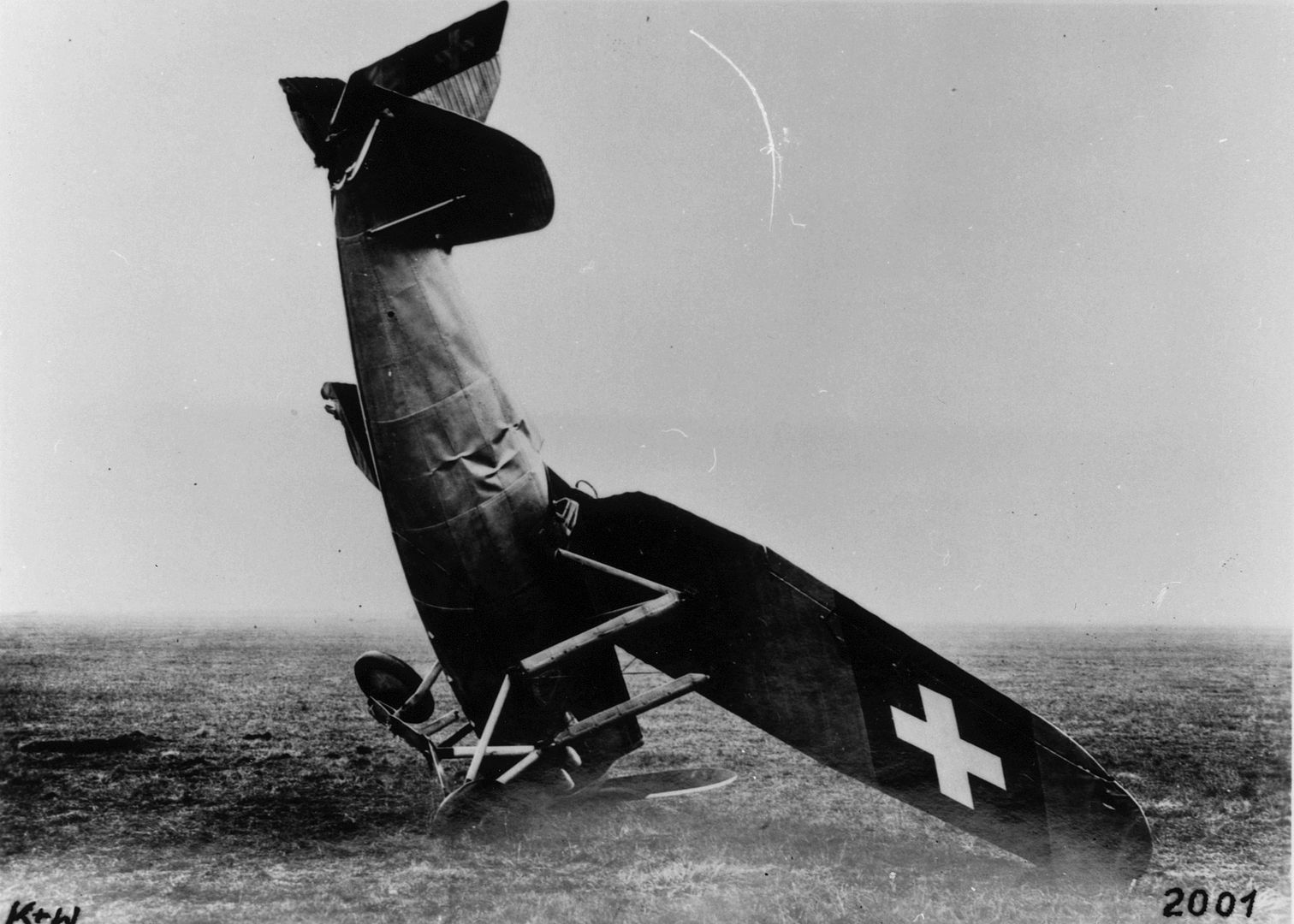
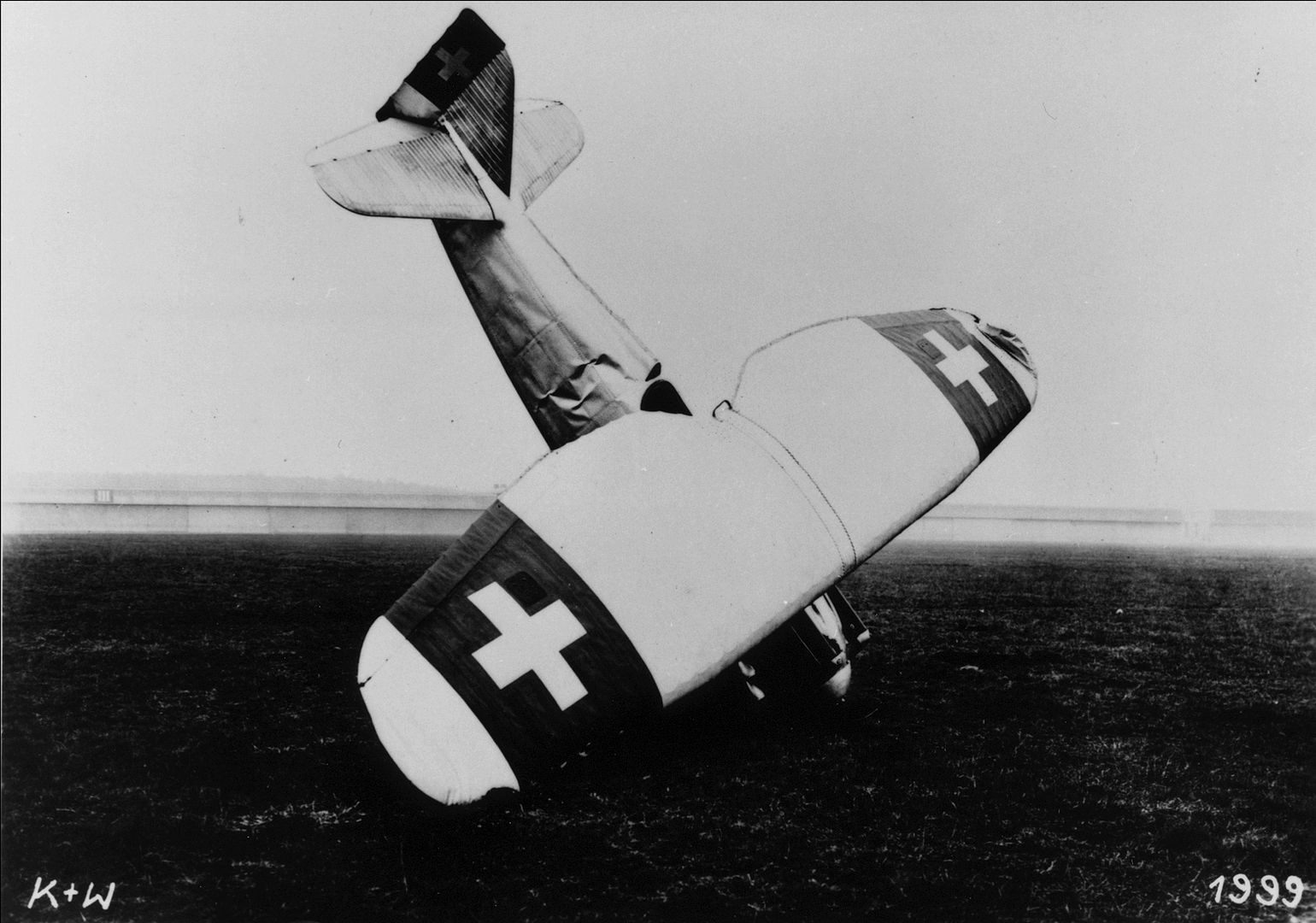
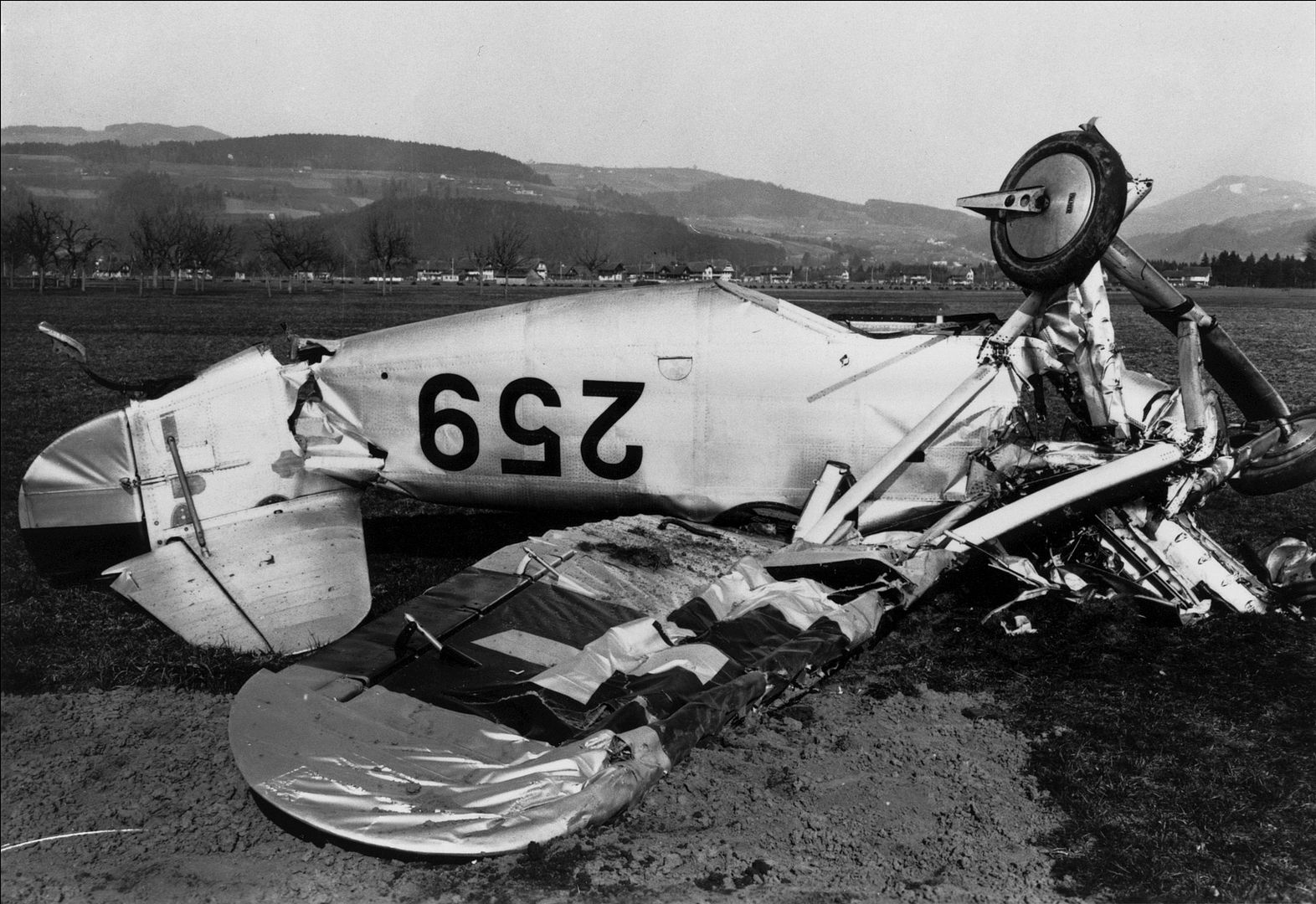
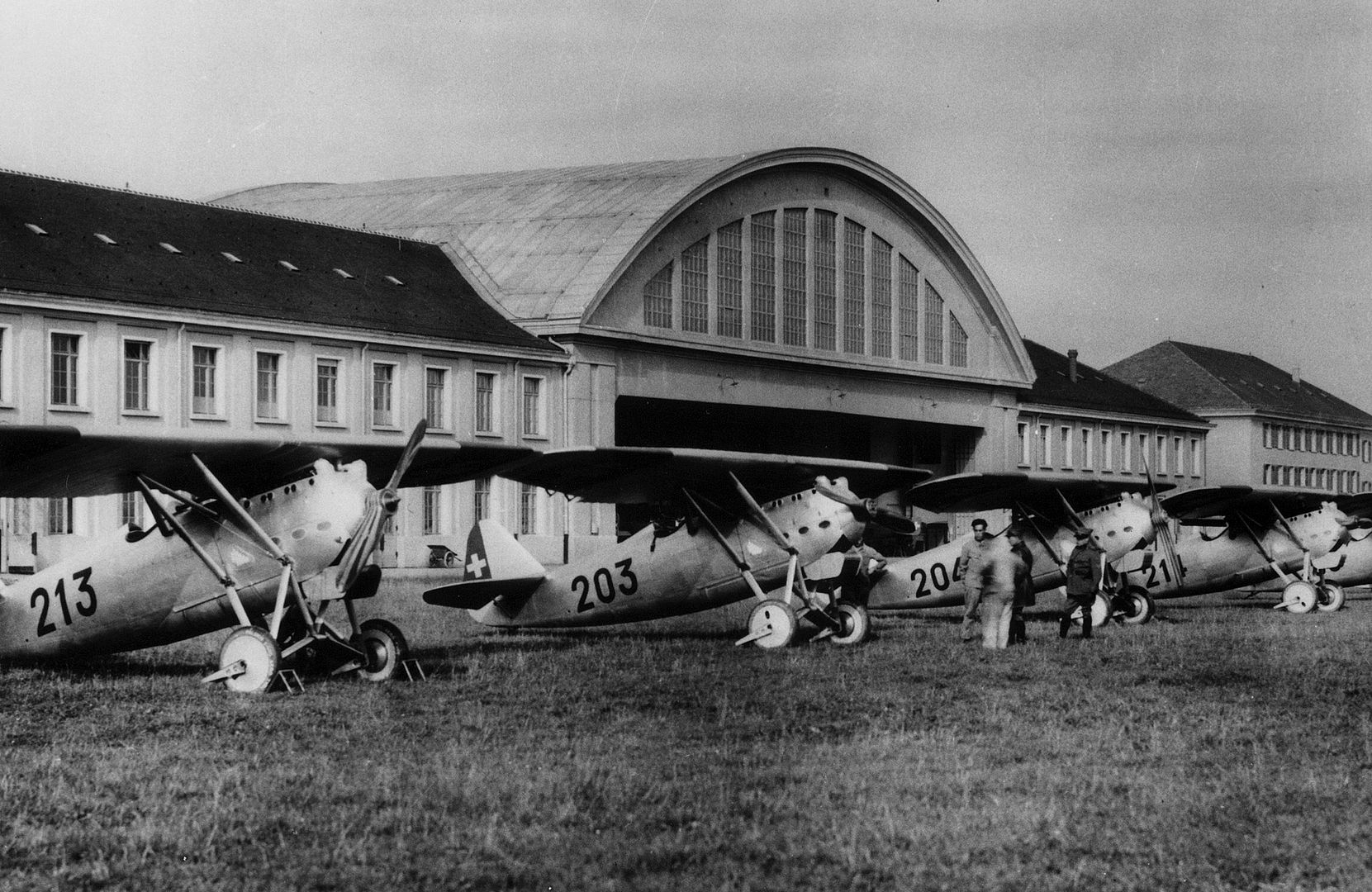

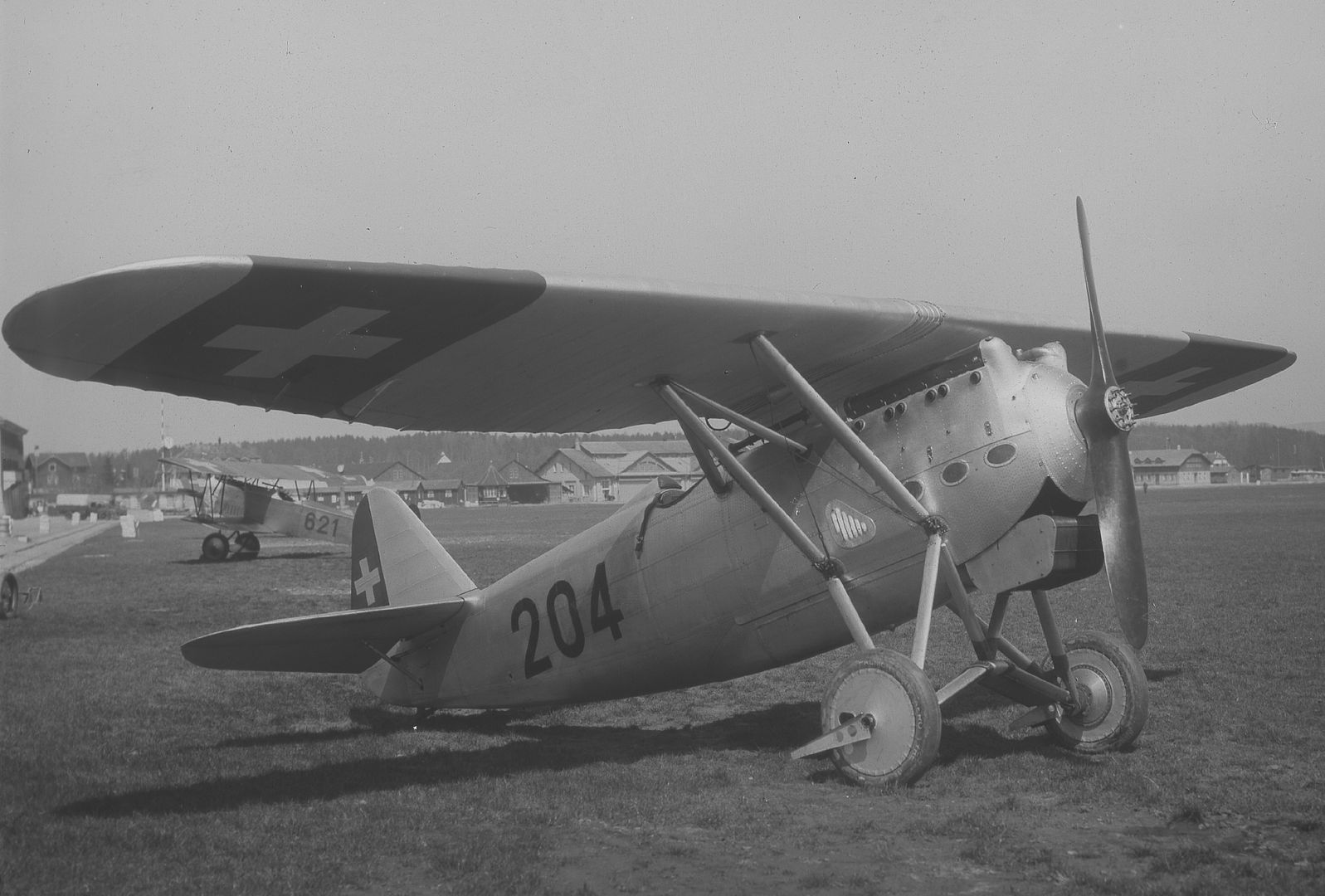
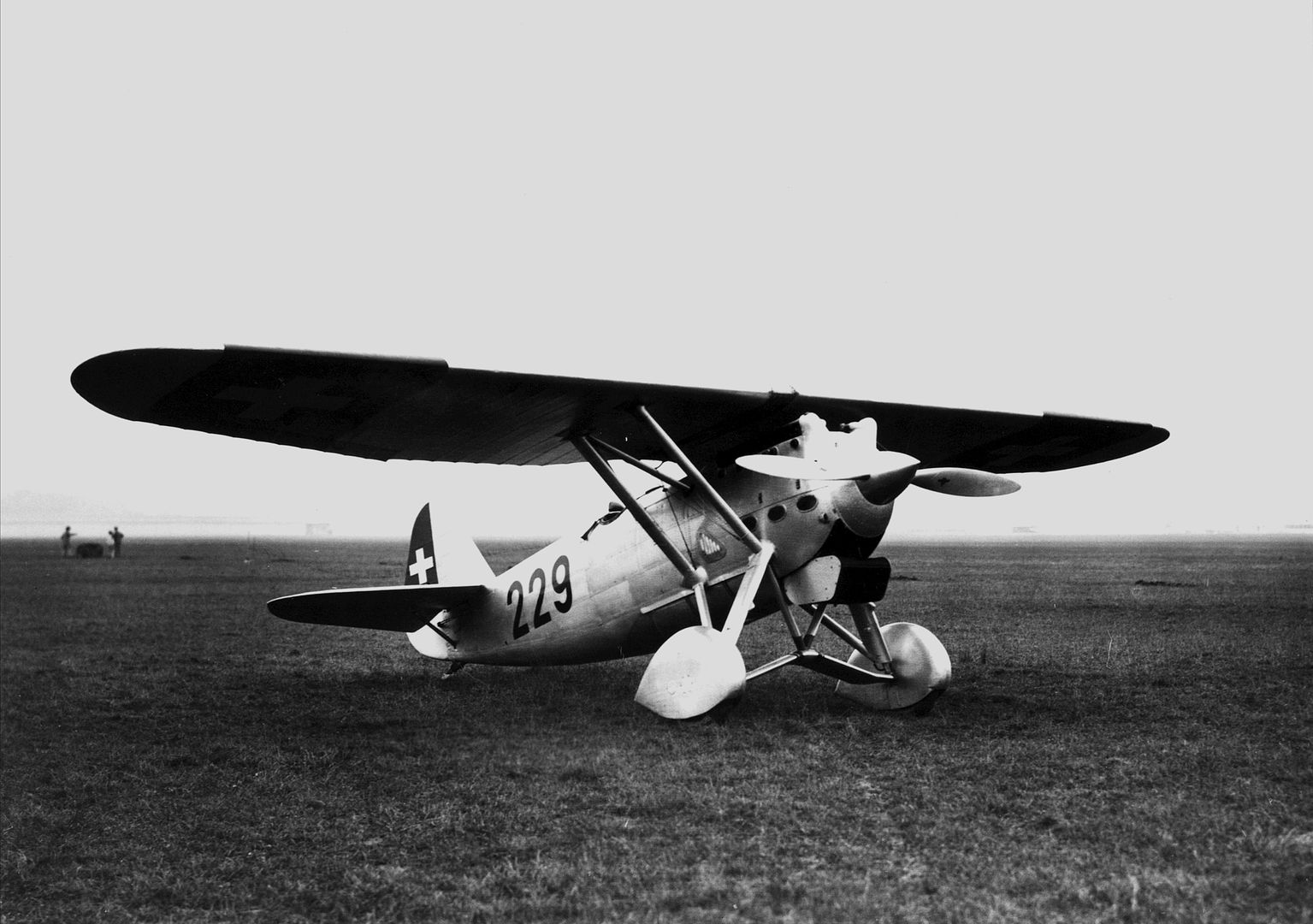

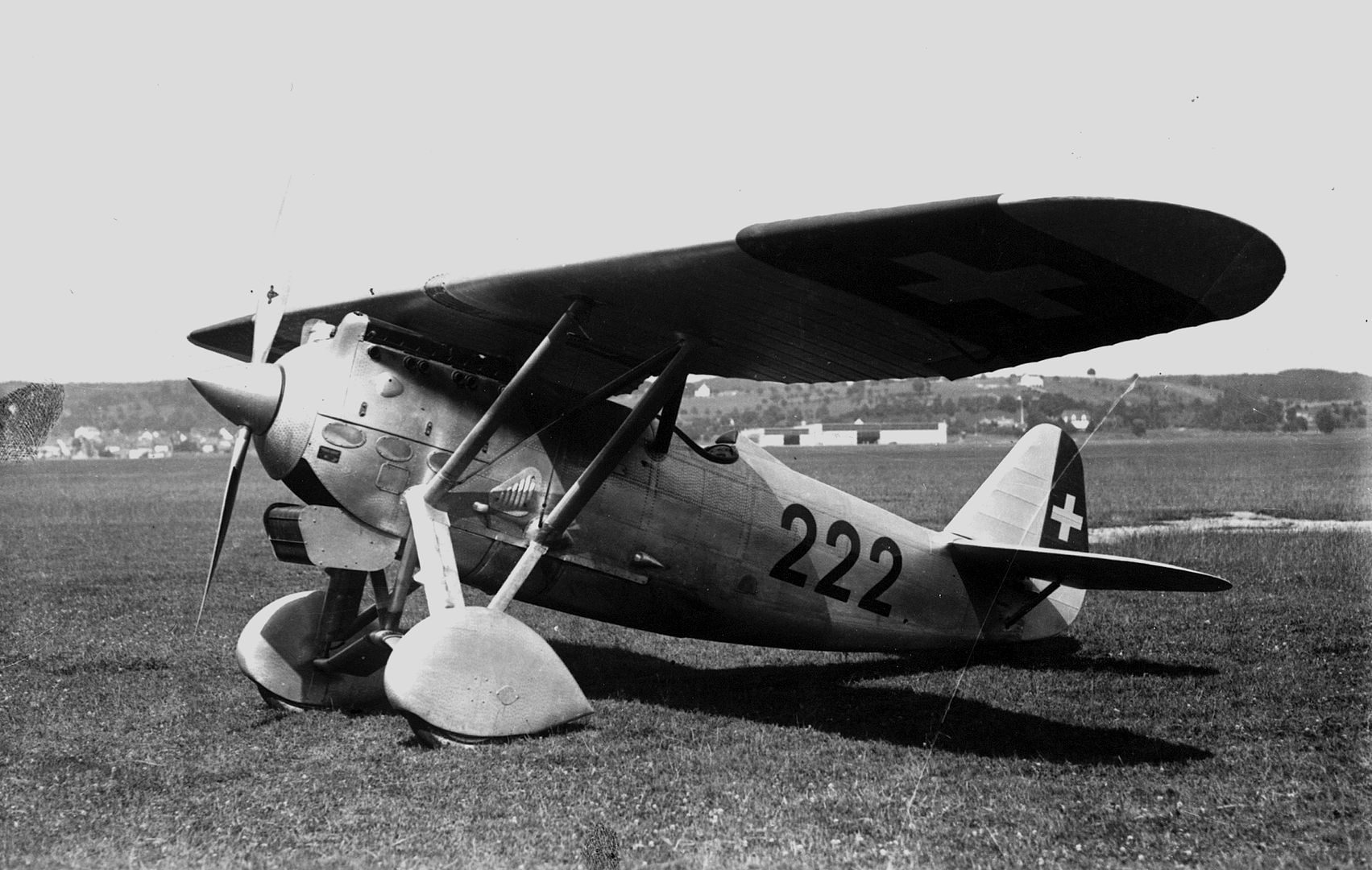

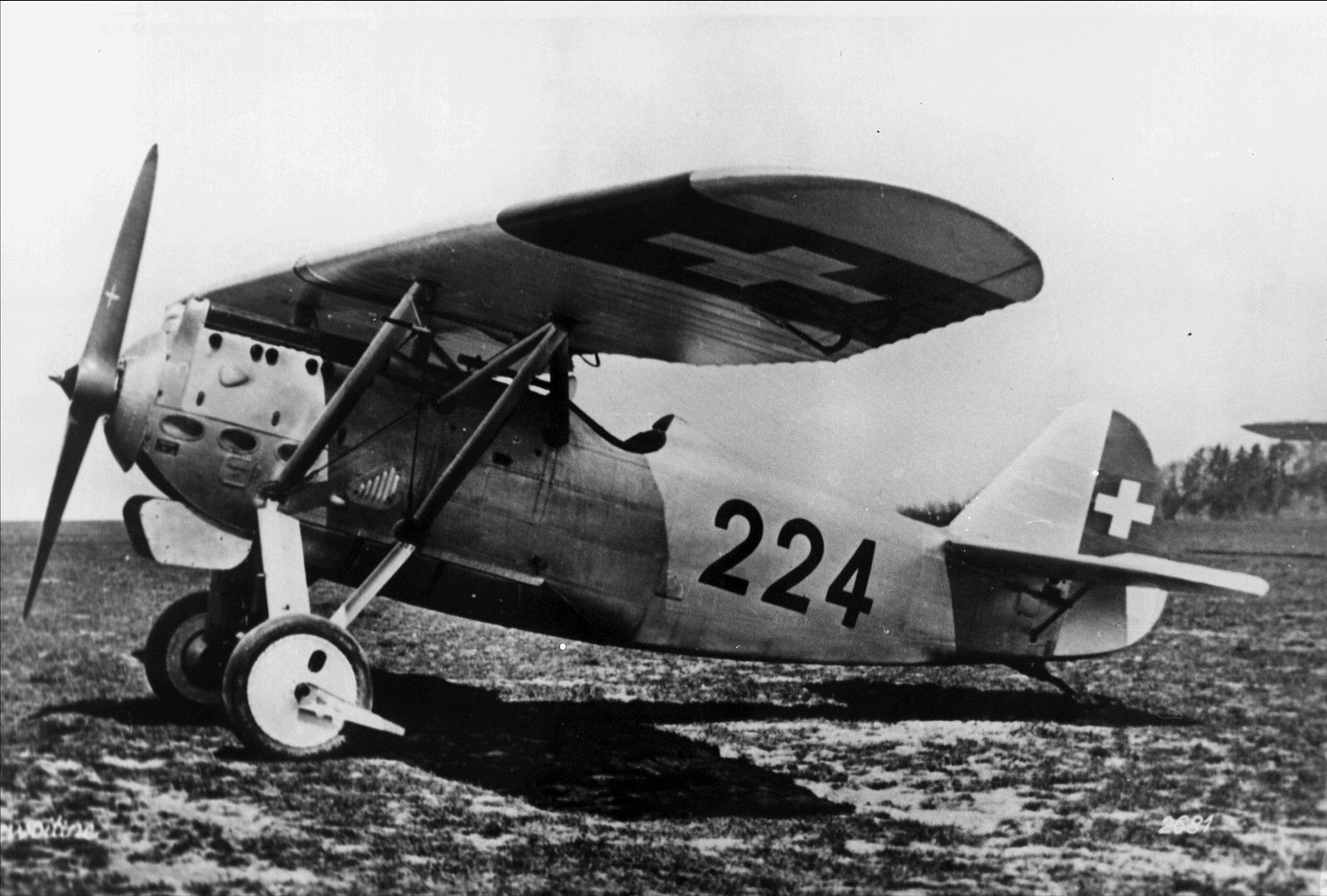
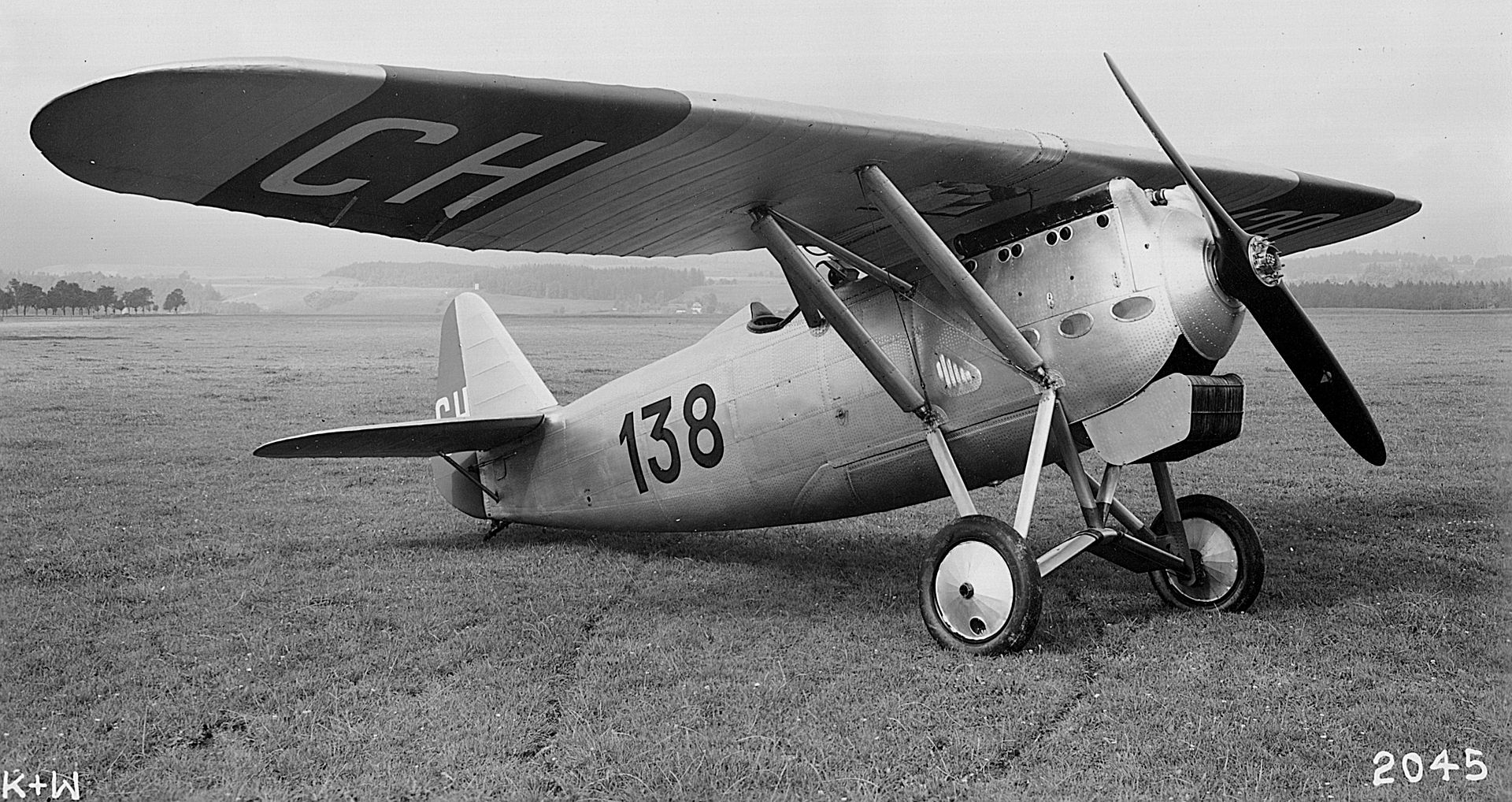
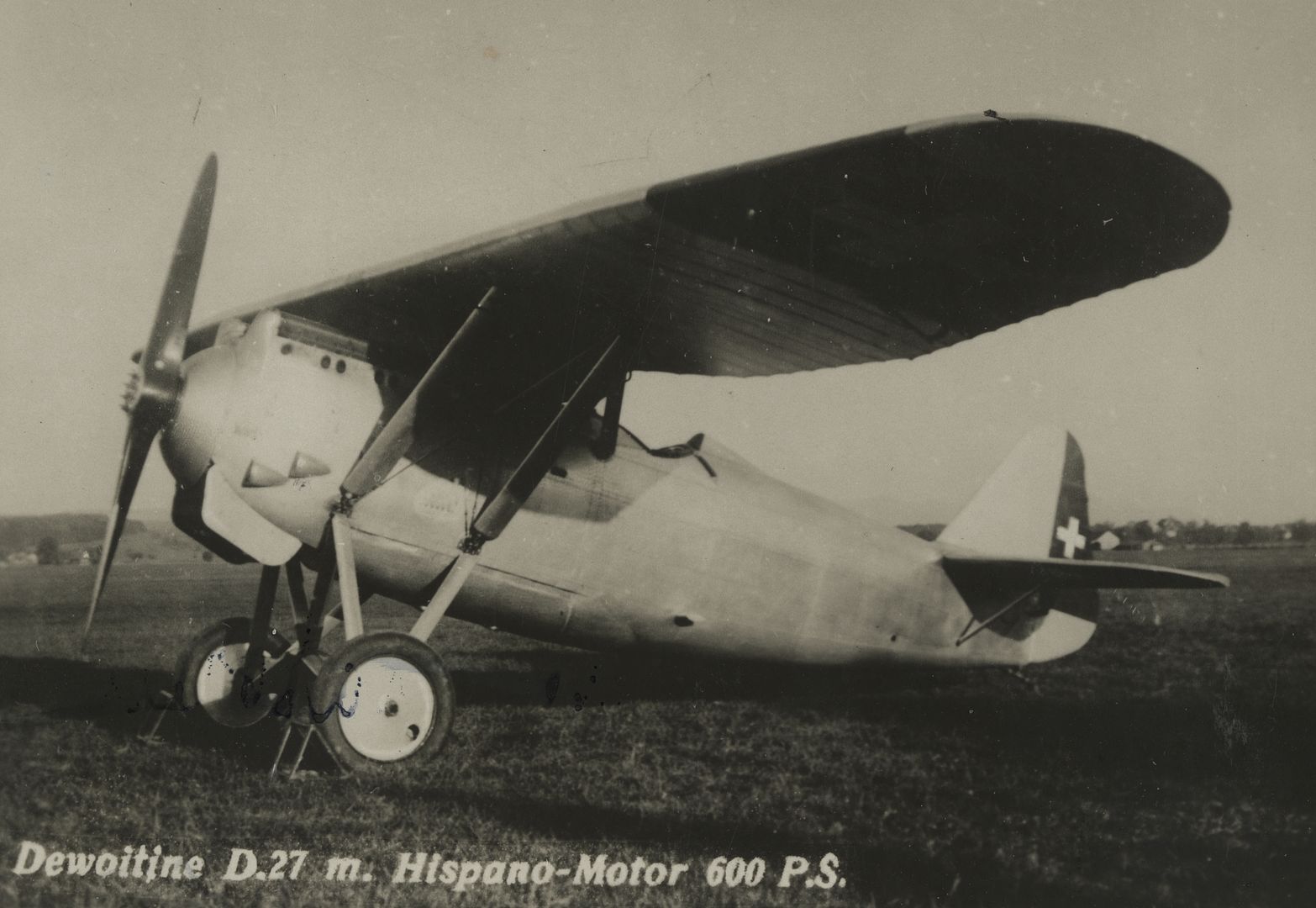
Minor variants
D.271 : One aircraft used for testing a Hispano-Suiza 12Hb engine.
D.273 : One aircraft used for testing a Bristol Jupiter engine with supercharger.
D.531 : One aircraft used for testing a Hispano-Suiza engine.
D.532 : A single aircraft used for testing a Rolls-Royce Kestrel inline engine.
D.535 : One aircraft fitted with an HS 12Xbis engine.
D.534 : Used for parachute trials.
Specifications (D.27)
General characteristics
Crew: one
Length: 6.5 m (21 ft 4 in)
Wingspan: 9.8 m (32 ft 2 in)
Height: 2.79 m (9 ft 2 in)
Empty weight: 1,038 kg (2,288 lb)
Gross weight: 1,382 kg (3,047 lb)
Max takeoff weight: 1,414 kg (3,117 lb)
Powerplant: 1 ? Hispano-Suiza 12Mc V-12 liquid-cooled piston engine, 373 kW (500 hp)
Performance
Maximum speed: 312 km/h (194 mph; 168 kn)
Range: 600 km (373 mi; 324 nmi)
Service ceiling: 9,200 m (30,200 ft)
Rate of climb: 10 m/s (2,000 ft/min)
Armament
Guns: 2 ? fixed forward-firing 7.5 mm (.295 in) Darne machine guns -
 Main AdminDewoitine D.26
Main AdminDewoitine D.26
The Dewoitine D.26 was a military trainer developed in Switzerland for the Swiss Air Force in parallel with the D.27 fighter.
Design and development
The D.26 airframe was similar to that of the D.27. Differences included:
The engine cowling was omitted on the D.26;
The D.26 radial engine was smaller and produced 340 hp power;
Operational history
10 examples were built by Dewoitine for assembly by the Swiss factory K+W Thun in Switzerland. These were followed by an order for two more aircraft equipped with a slightly higher-powered version of the Wright 9Q engine that powered the initial batch, and one of the original D.26s was similarly re-engined. The original D.26s were used principally for training in gunnery and formation flying, while the more powerful aircraft were used for air-to-air combat training. To this end, they were equipped with gun cameras.
The D.26 enjoyed a long service life, not being withdrawn until 1948. At this time, they were transferred to the Aero-Club der Schweiz where they were used as glider tugs. The last example was not retired from aeroclub use until 1970, whereupon it was preserved at the military aviation museum at D?bendorf.
General characteristics
Crew: 1, pilot
Length: 6.72 m (22 ft 1 in)
Wingspan: 10.30 m (33 ft 10 in)
Height: 2.78 m (9 ft 1 in)
Wing area: 17.6 m2 (189 ft2)
Empty weight: 763 kg (1,682 lb)
Gross weight: 1,068 kg (2,354 lb)
Performance
Maximum speed: 240 km/h (150 mph)
Range: 500 km (310 miles)
Service ceiling: 7,500 m (24,600 ft)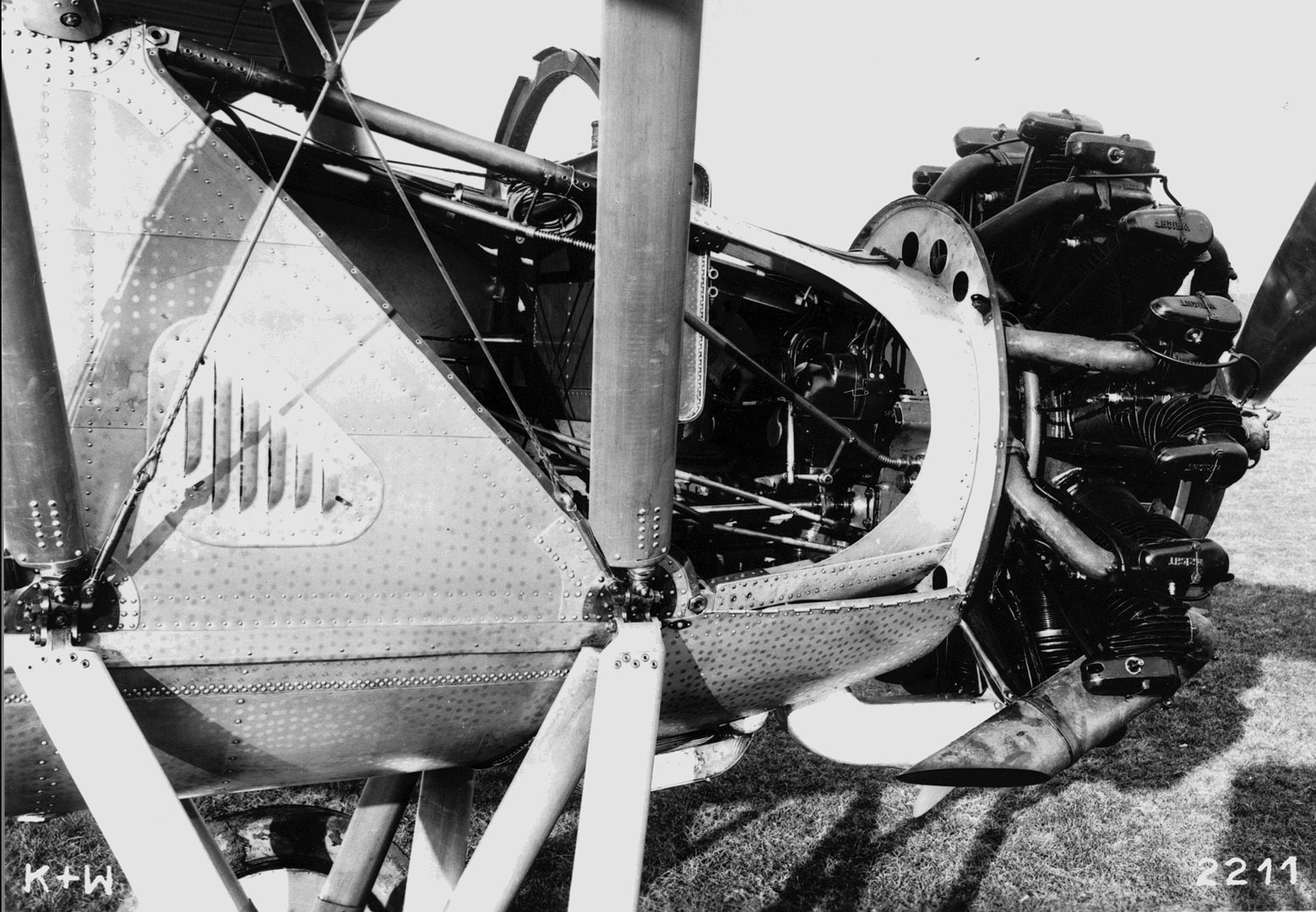
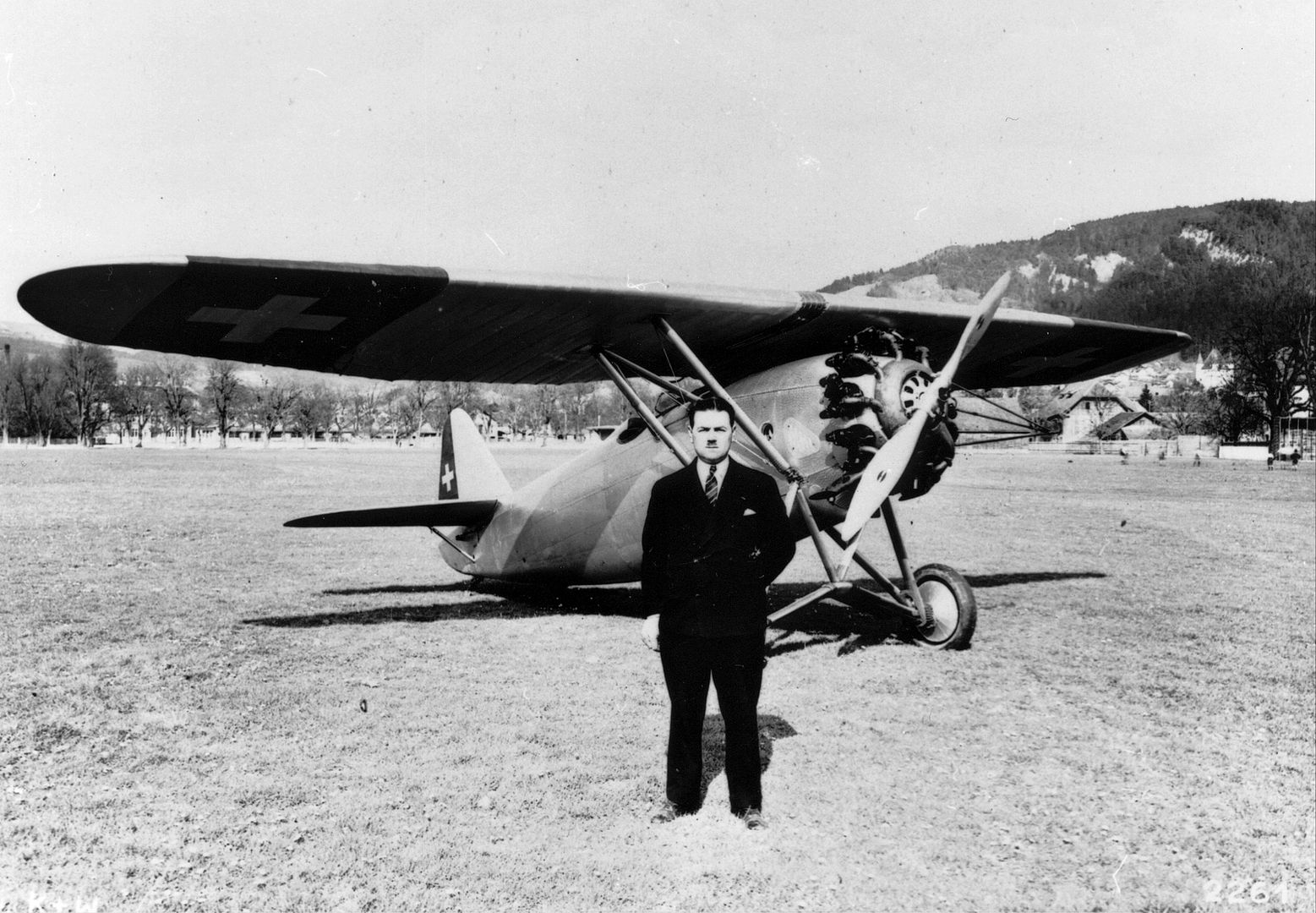
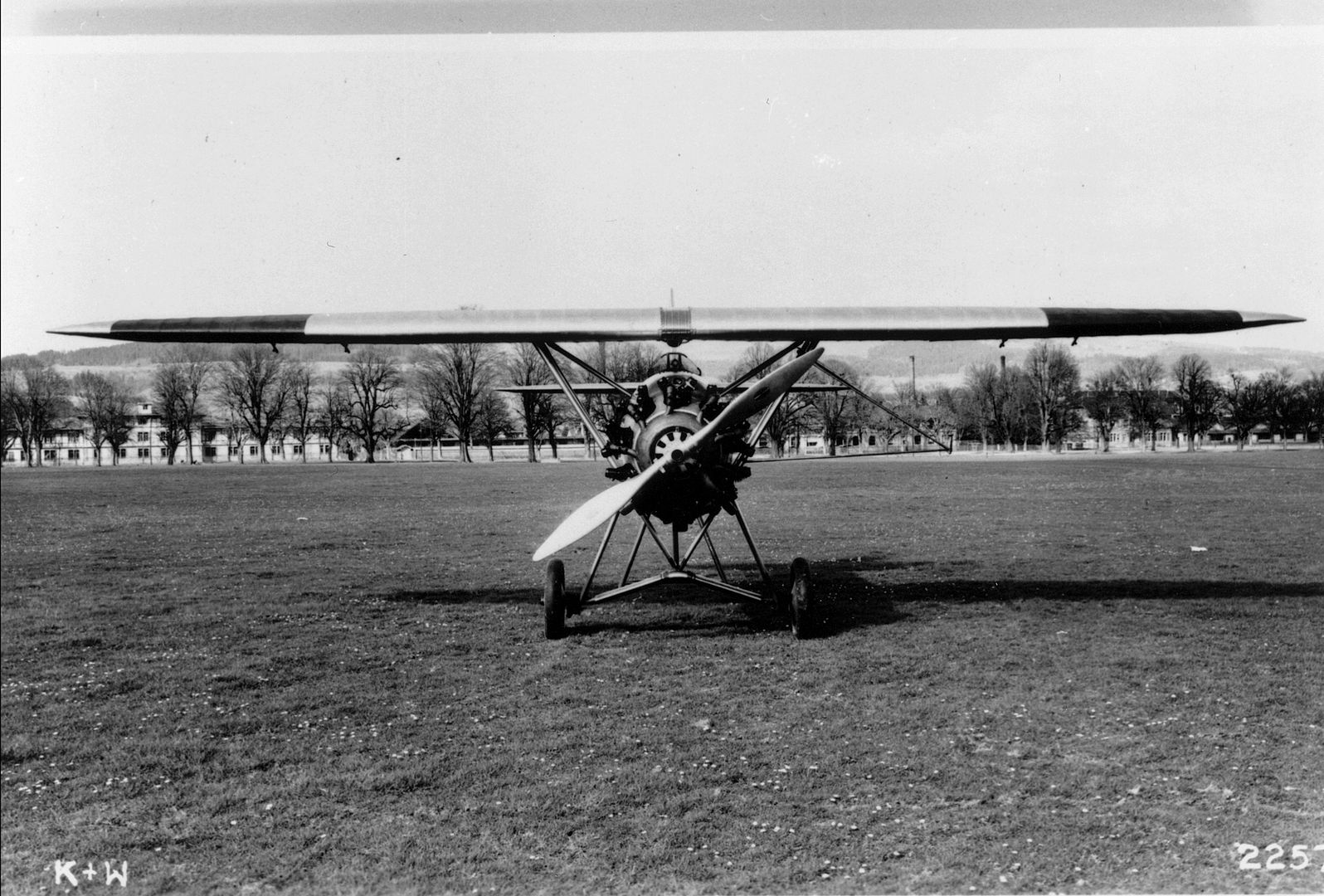
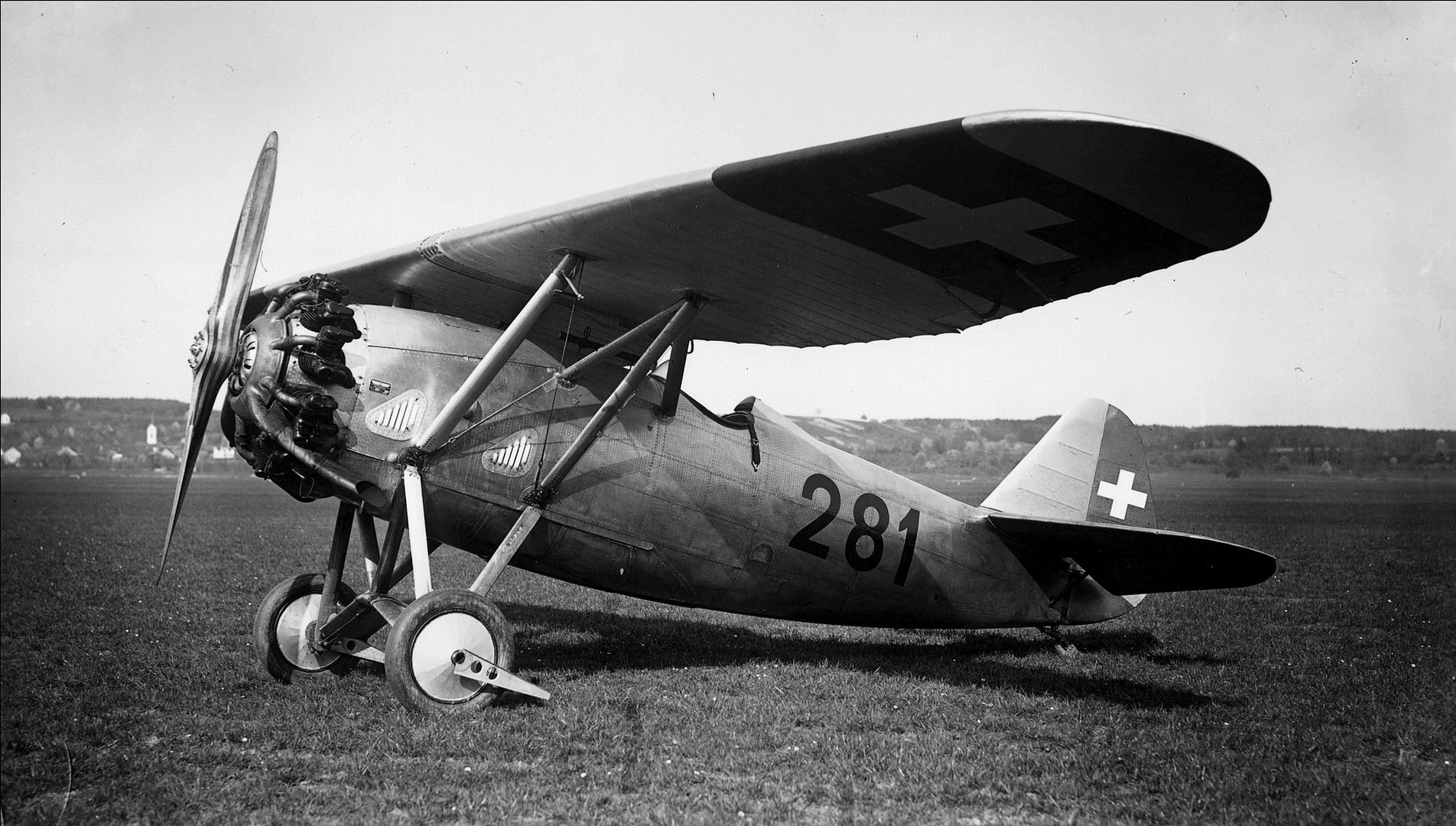
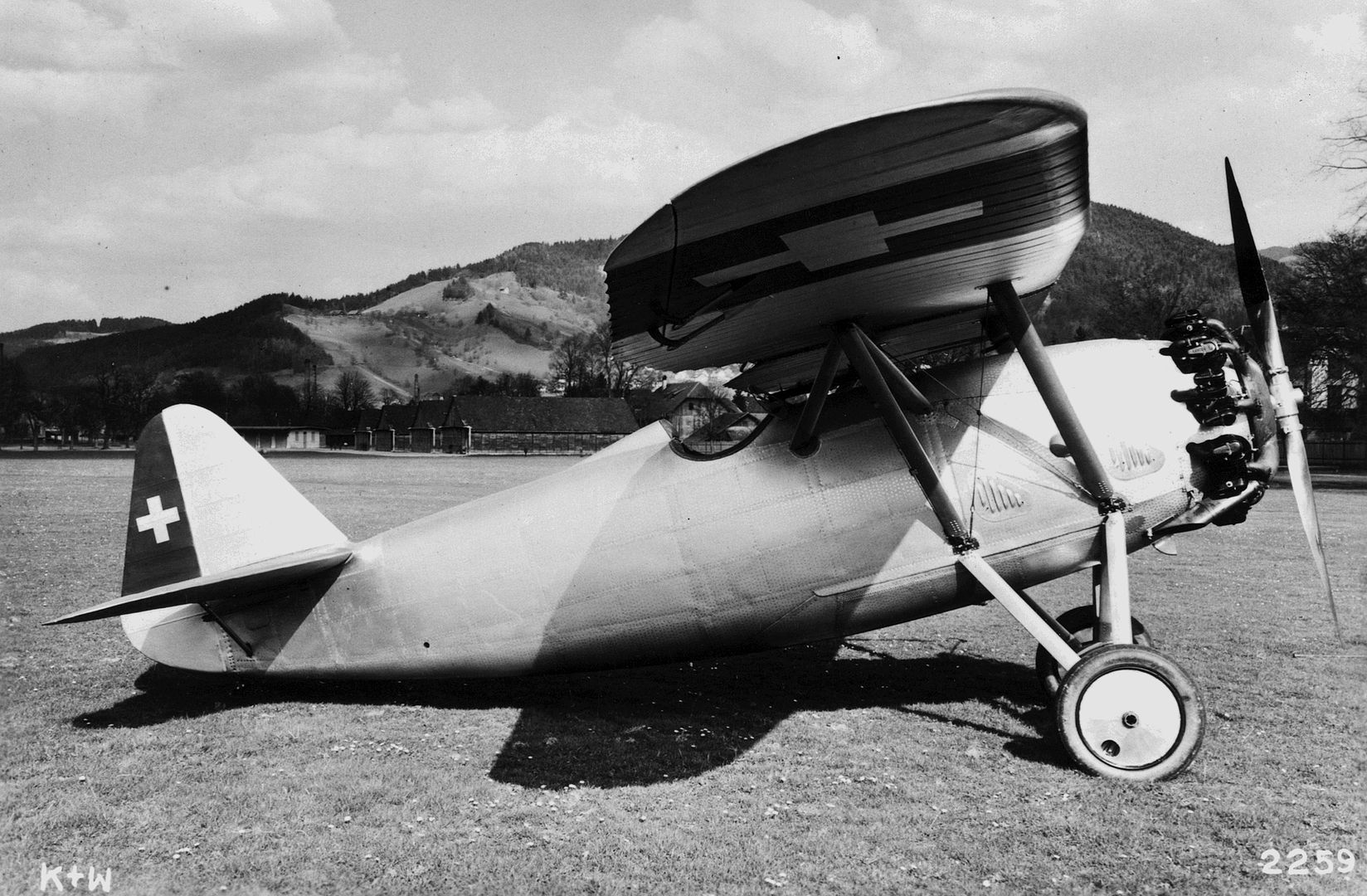

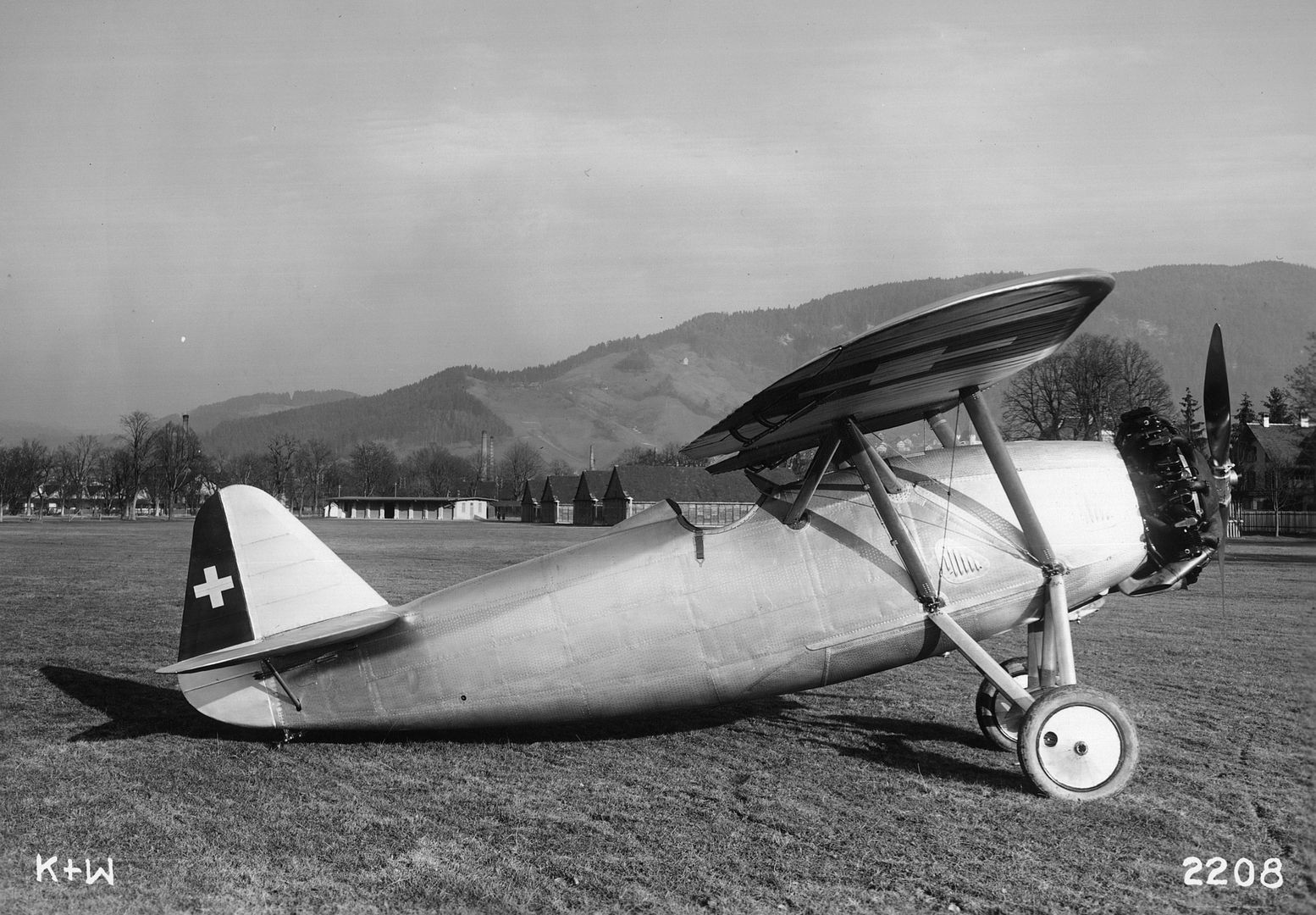
Post a reply
- Go to Previous topic
- Go to Next topic
- Go to Welcome
- Go to Introduce Yourself
- Go to General Discussion
- Go to Screenshots, Images and Videos
- Go to Off topic
- Go to Works in Progress
- Go to Skinning Tips / Tutorials
- Go to Skin Requests
- Go to IJAAF Library
- Go to Luftwaffe Library
- Go to RAF Library
- Go to USAAF / USN Library
- Go to Misc Library
- Go to The Ops Room
- Go to Made in Germany
- Go to Campaigns and Missions
- Go to Works in Progress
- Go to Juri's Air-Raid Shelter
- Go to Campaigns and Missions
- Go to Works in Progress
- Go to Skinpacks
- Go to External Projects Discussion
- Go to Books & Resources
